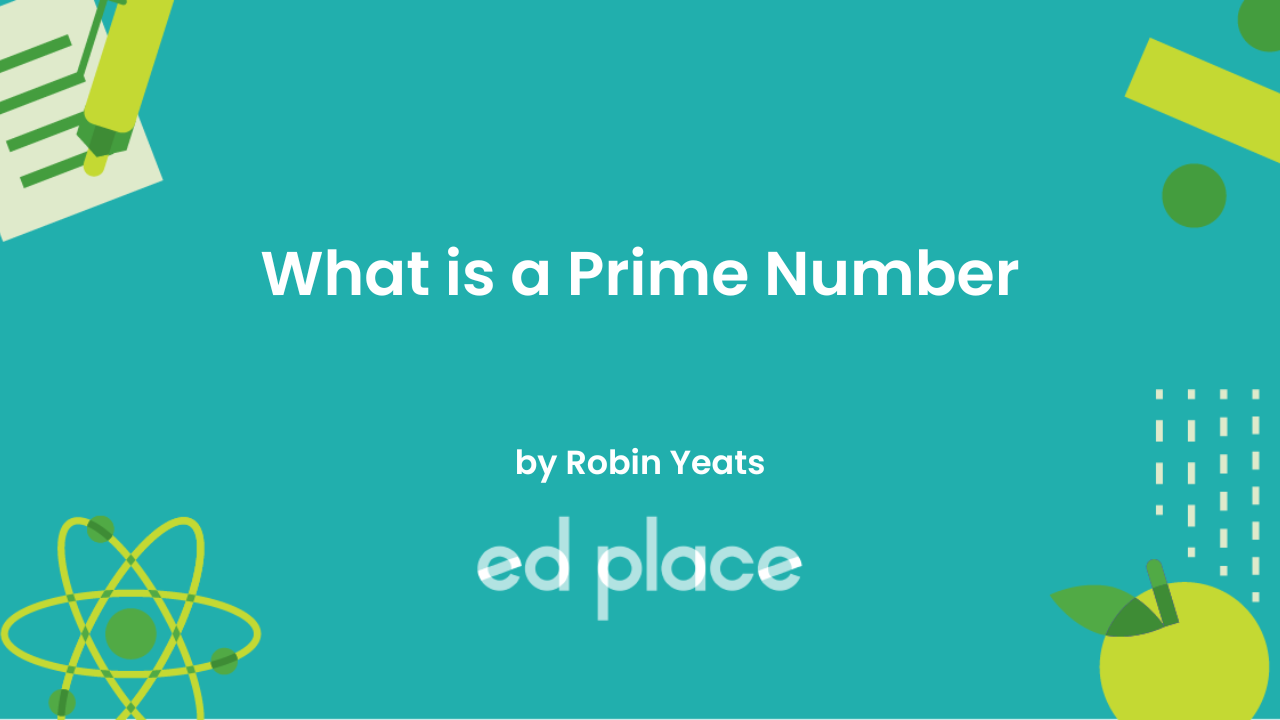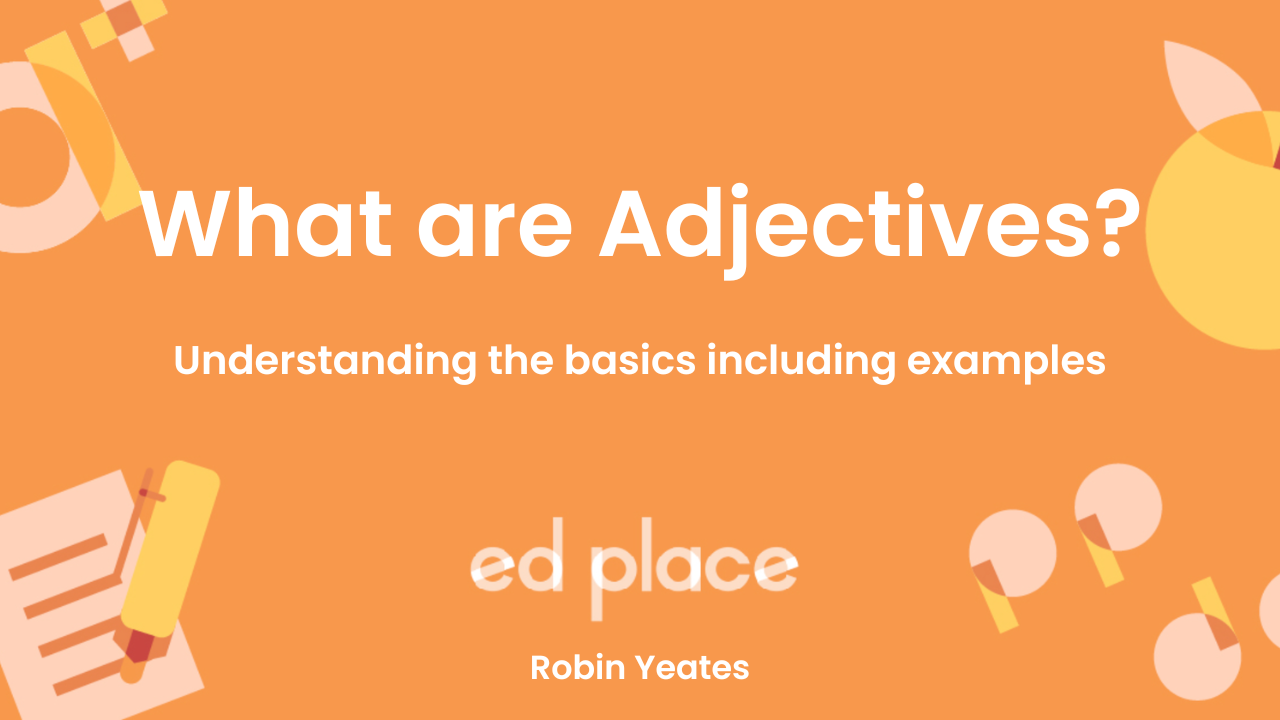Imagine numbers that stand out because they can't be divided evenly by any other number without leaving remainders. Pretty cool, right? Let's dive into the exciting world of prime numbers and uncover their secrets together!

What exactly is a prime number?
A prime number is a whole number greater than 1 that has exactly two distinct positive divisors: 1 and itself. This means it cannot be divided evenly by any other whole number. The distinct characteristic of a prime number is its indivisibility, ensuring that if you try to divide it by any number other than 1 and itself, there will always be a remainder.
For instance, the number 5 is prime because the only division that results in a whole number is when it is divided by 1 or 5. In contrast, numbers like 4 or 6 are not prime because they can be evenly divided by other numbers as well (2 divides both 4 and 6 without a remainder).
Prime numbers are foundational in mathematics, particularly in number theory, because of their role as the basic building blocks of the natural numbers. Natural numbers are positive numbers from 1 to infinity. Any natural number greater than 1 can be broken down into a product of prime numbers, a concept known as the Fundamental Theorem of Arithmetic. This unique property makes prime numbers critically important in various fields, including cryptography, where the difficulty of decomposing a large number into its prime factors underpins many encryption algorithms.
Ready to explore more?
Feeling intrigued? We've just scratched the surface of the fascinating world of prime numbers. Whether you're a maths enthusiast or just curious about numbers, there's so much more to explore and learn. And guess what? We've got you covered with fun activities, worksheets, and challenges on EdPlace to make you a prime number pro in no time.
Get ready to unlock the secrets of prime numbers and see the world of maths in a whole new light!
Prime numbers under 100: a closer look
As we dive deeper into the world of prime numbers, let's focus on those that lie under the benchmark of 100.
Did you know there are exactly 25 prime numbers between 1 and 100?
![]() Here is the full list of 25 prime numbers under 100: 2, 3, 5, 7, 11, 13, 17, 19, 23, 29, 31, 37, 41, 43, 47, 53, 59, 61, 67, 71, 73, 79, 83, 89, 97
Here is the full list of 25 prime numbers under 100: 2, 3, 5, 7, 11, 13, 17, 19, 23, 29, 31, 37, 41, 43, 47, 53, 59, 61, 67, 71, 73, 79, 83, 89, 97
Starting from 2, this special list includes numbers like 3, 5, 7, 11, and continues up to 97. Each of these numbers cannot be divided evenly by any number other than 1 and itself.
Noticeably, apart from 2, all prime numbers in this range are odd, highlighting the unique status of 2 in the prime family.
Why not try for yourself?
Look at the numbers around you - perhaps your age, your house number, or the current year - and see if you can identify any primes.
The extremes: smallest and largest prime numbers
In the spectrum of prime numbers, 2 proudly stands as the smallest, setting itself apart as the sole even prime number. This exception to the rule underscores the diversity within the prime number set.
On the other end, the quest for the largest prime number seems to stretch into infinity.
Historically, Euclid proved that there is no end to prime numbers, a concept that modern mathematicians and computers continue to explore through projects like the Great Internet Mersenne Prime Search.
The current record holder is a huge number with millions of digits.
![]() Here’s a recap challenge: Can you list all the prime numbers up to 20?
Here’s a recap challenge: Can you list all the prime numbers up to 20?
Real-world applications of prime numbers: beyond the classroom
Prime numbers are crucial cogs in the machinery of our digital world. One of their most critical applications is in cybersecurity, where they form the backbone of encryption algorithms that protect our most sensitive data. The process involves two large prime numbers to create a key. Cracking this code without knowing the primes is akin to finding a needle in a haystack. This principle secures everything from your online transactions to confidential emails.
The beauty of prime numbers lies in their simplicity and their power, a reminder of the elegance of mathematics and its practical utility in our lives.
Try for yourself!
Let's put your newfound knowledge to the test with some practice questions! Remember, trying these out for yourself will help reinforce what you've learned about prime numbers.
1) True or False? - 17 is a prime number.
2) Find the Prime: Which of the following numbers is prime: 22, 29, 33?
3) Prime Puzzle: If a prime number is multiplied by 2 and then increased by 1, the result is 39. What was the original prime number?
4) Prime or Not? - Is 51 a prime number? Explain why.
5) Challenge Question: List all the prime numbers you can find between 50 and 70.
Answers to practice questions
1) Answer: True. 17 can only be divided evenly by 1 and itself, making it a prime number.
2) Answer: 29 is the prime number. It cannot be divided evenly by any whole number other than 1 and 29.
3) Answer: The original prime number was 19. First you subtract 1 from 39 to make 38, and then divide by 2 to make the original prime number of 19.
4) Answer: No, 51 is not a prime number because it can be divided evenly by 3 and 17, besides 1 and 51 itself.
5) Answer: The prime numbers between 50 and 70 are 53, 59, 61, 67.
By tackling these questions, you've practiced identifying prime numbers and deepened your understanding of their properties. Remember, prime numbers are a foundational element of mathematics that you'll encounter in various contexts, from basic arithmetic to advanced number theory.
Keep exploring with EdPlace
This is just the beginning of your adventure with prime numbers. With EdPlace, you can continue to build your maths skills, explore new topics, and challenge yourself with more complex problems. Our resources are designed to make learning engaging and effective, so you can achieve your full potential.
Year 5
- Recognise Prime Is It A Prime Number Or Composite? (1)
- Is It A Prime Number Or Composite? (2)
- Factors And Prime Factors (2)
- Factors And Prime Factors (1)
Year 6
Year 7
- Spot The Prime Numbers
- Select The Correct Prime Factorisations Of Given Numbers
- Understand Prime Factorisations With Indices
- Recognise Prime Numbers
- Identify Whether A Number Is Prime Or Composite
Year 8
- Find The LCM And HCF Using The Product Of Prime Factors
- Express Numbers As A Product Of Prime Factors
- Practise Prime Factorisations With Indices
- Practise Prime Factorisations Using Indices



.png)
.png)
.png)




